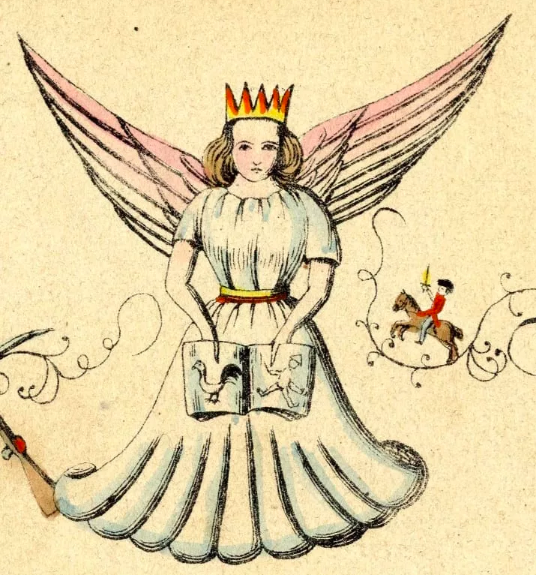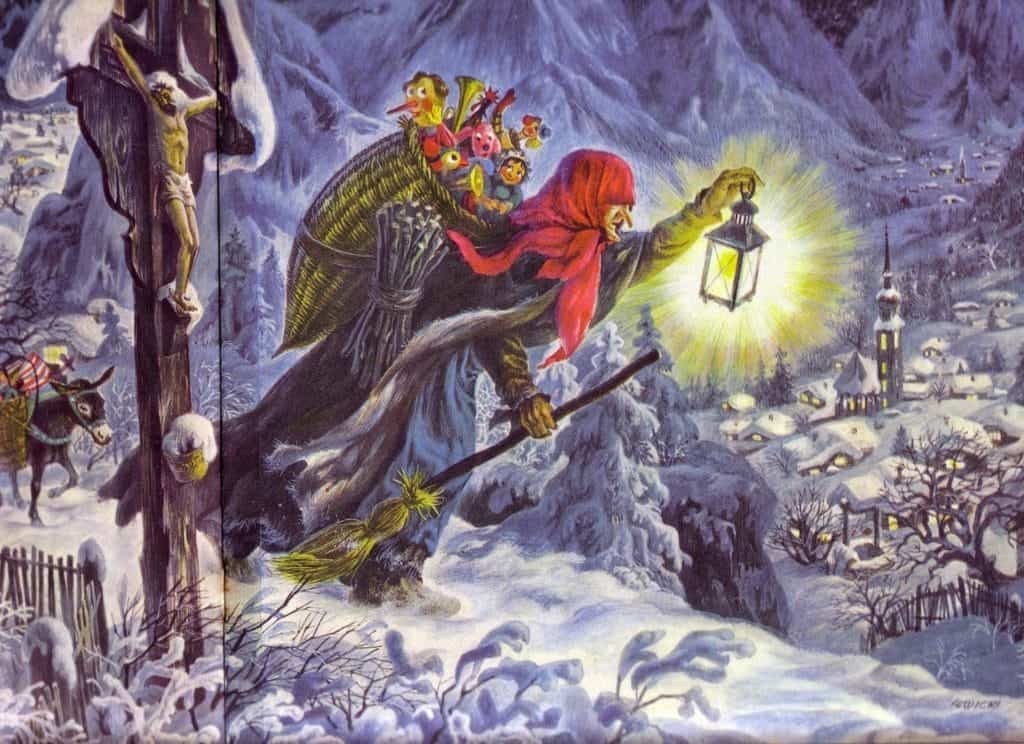According to folklore, Santa Claus or Saint Nicholas is an ancient Greek Christian Bishop and a patron saint of children. During Christmas Eve, this jolly big guy with a fluffy white beard rides his sleigh pulled by reindeers to deliver gifts to good children. But did you know that the iconic figure also has different names and appearances in various countries around the world?
Christkind of Central Europe
Traditionally, Central Europe (including the countries Austria, Croatia, Czech Republic, Italy, Liechtenstein, Luxembourg, Portugal, Slovakia, Slovenia, and Switzerland) believes in a fictional Christmas figure known as Christkind. According to stories, the leader of the Protestant Church, Martin Luther, started this concept in reference to baby Jesus. Christkind appears to be a “sprite-like child” with small angel wings and short blonde hair who delivers gifts to children during Christmas.

Hoteiosho (ほていおしょ / ) of Japan
Christmas is not a national holiday in Japan, but there are some people who follow the Christian cultural tradition. The Japanese version of Santa Claus is the Buddhist monk Hoteiosho, who is considered a gift giver. Just like Santa Claus, Hoteiosho has a large belly, a cloth sack full of toys, and eyes in the back of his head that allow him to see well-behaved children. He is also one of the seven gods of fortune described as a cheerful and happy-go-lucky god, which is very appealing to kids.
La Befana of Italy
In Italy, there is a legendary story of an old woman who wears a black shawl and rides on a broomstick to give gifts to children every January 5, or Epiphany Eve. Similar to Santa Claus, Befana slides down the chimney to visit children, then leaves candy for those who have been good and a lump of coal for those who have behaved badly. In modern times, Befana is called the “Christmas Witch.”

Krampus of Germany
Krampus was thought to be a “half-goat, half-demon” with horns and a long forked tongue in ancient Germany. Compared to Santa Claus’ gift-giving habit, Krampus tends to punish children who have misbehaved in the past.
Sinterklaas and Zwarte Piet of The Netherlands and Belgium
During the 3rd century, the Netherlands and Belgium believed in the existence of Sinterklaas. He is characterized as a winter holiday figure who wears an alb and cape similar to bishops with an eye-catching ruby ring. If Santa has a sleigh, Sinterklaas, on the other hand, rides a white horse along with his helper, Zwarte Piet, whose task is to listen to families’ conversations through the chimney in order to list who’s naughty and nice.
Despite our different depictions of Santa Claus, these are the images of him that have remained the same through the years: kind and generous.
Merry Christmas everyone!
INQPOP! Stories we think you might also like:
Lowkey savage Christmas sweaters that you can wear during family gatherings
Here are 7 things that made our Christmas special in the ’90s
Food items to ‘chibog’ that will surely make you ‘busog’ this Christmas

